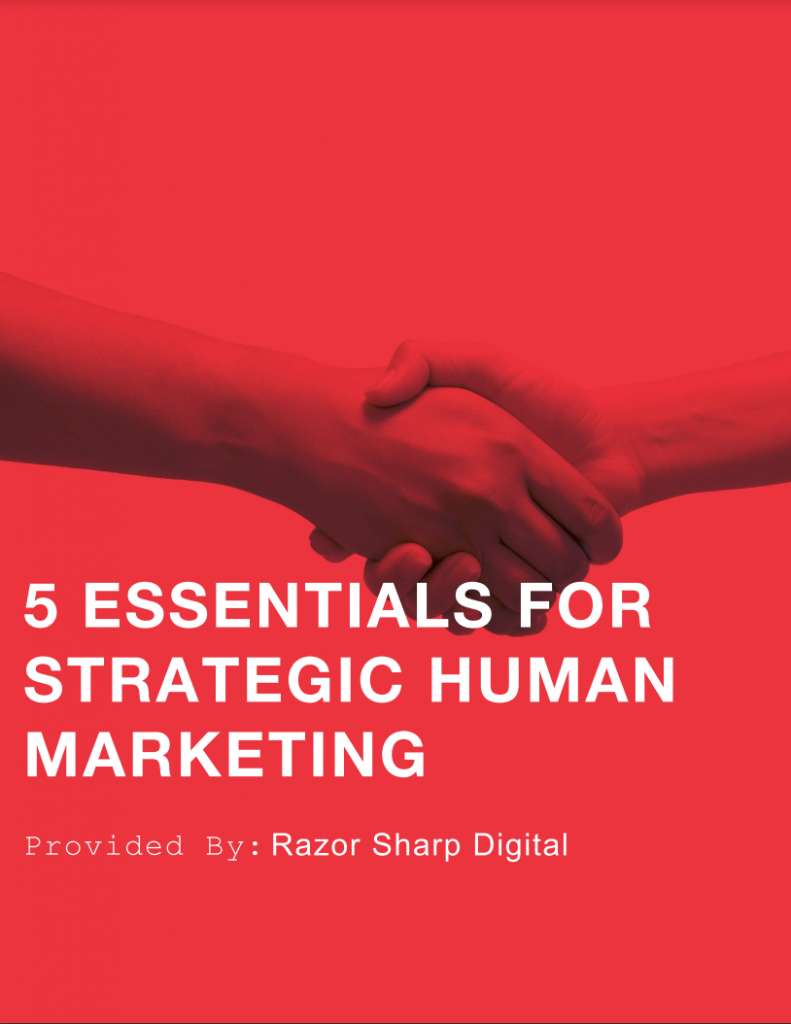Best Practices and Tips for Responsive Web Design
Responsive web design isn’t just a “pretty” thing. It is a necessity for modern web design but also for an optimal customer experience. Responsive web design is of utmost importance for mobile-centric user engagement and SEO benefits. In this article, we talk about some of the key factors necessary for optimal responsive web design.

A responsive web design is not just a nice-to-have; it’s a necessity. With an increasing number of users accessing websites on various devices, from smartphones to tablets and desktops, ensuring a seamless and user-friendly experience across all platforms is crucial. Here are some best practices and tips to help you create a responsive web design that shines:
Prioritize Mobile-First Design
Start with mobile design and then scale up for larger screens. This approach ensures that your website is optimized for smaller screens first, which is increasingly important as mobile usage continues to grow. It forces you to focus on the essential content and functionalities.
Use Fluid Grids and Flexible Images
Employ percentage-based grids rather than fixed-width layouts. This allows your website to adapt to different screen sizes. Similarly, use responsive images with max-width: 100%; to prevent them from overflowing their containers.
Embrace Media Queries
Media queries allow you to apply different styles based on the device’s characteristics like screen width, height, orientation, and resolution. They are the cornerstone of responsive design.
Optimize Typography for Readability
Ensure that your typography is legible on all devices. Use relative units like em or rem for font sizes. Keep line lengths reasonable to prevent long lines of text on small screens.
Touch-Friendly Navigation
Make sure your navigation elements are easy to tap on touch screens. Buttons and links should have enough space around them to prevent accidental clicks.
Optimize Images and Videos
Use modern image formats like WebP for better compression and faster loading times. Implement lazy loading to defer the loading of non-essential images until they’re in the viewport.
Test Across Multiple Devices and Browsers
Regularly test your website on various devices and browsers to ensure consistent performance and appearance. Consider using tools like BrowserStack or Responsively App for comprehensive testing.
Implement a Content-First Strategy
Prioritize content that is essential for user engagement. This not only improves the user experience but also helps in SEO rankings.
Optimize Page Load Times
Optimize code, compress images, and use efficient techniques to reduce page load times. Consider using content delivery networks (CDNs) for faster delivery of assets.
Stay Updated with Web Standards
Keep abreast of the latest web standards and technologies. This ensures that your website remains compatible with new devices and browsers.
Consider Accessibility
Design with accessibility in mind. Use semantic HTML, provide alt attributes for images, and ensure that your website is navigable using keyboard inputs alone.
Monitor Analytics and Gather User Feedback
Regularly review analytics data to understand user behavior. Gather feedback from users to identify areas for improvement.
Creating a responsive web design requires a combination of technical expertise and a user-centric mindset. A great free tool to help you while designing and determining the effectiveness of your responsive web design is Google PageSpeed Insights. By following these best practices and tips, you’ll be well on your way to crafting a website that provides an exceptional experience for users across all devices. Remember, the key is to adapt and evolve with the ever-changing digital landscape.
Happy designing!
Let's get connected!

Download for FREE TODAY!
Stay in touch with us!
Get all the latest content, news, and digital marketing insights to help you humanize your brand.
Categories
- Advertising (1)
- AI (3)
- Anchor.FM (1)
- Audio (2)
- Company Culture (1)
- Digital Marketing (15)
- Facebook (3)
- General (1)
- Instagram (2)
- Launch (1)
- Marketing (25)
- Paid Media Campaigns (8)
- Press Releases (1)
- SEO (12)
- Snapchat (1)
- Social Media (35)
- Storytelling (1)
- Twitter (1)
- Uncategorized (1)
- Video (2)
- Website Development (13)
We Are Your Human-Centric Marketing Partner
Your company needs humanization and personalization in order for it to thrive and grow. Our systematic, strategic, and seasoned approach will help you thrive and grow. Let’s discuss ways we can help your business become more human-centric so you can dominate.







